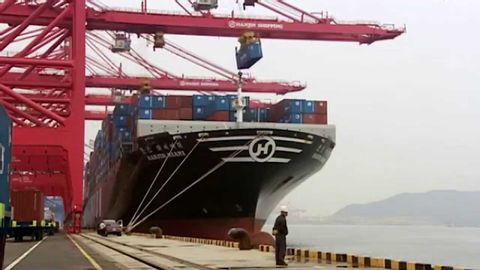
Subtitles & vocabulary
Container Terminal Automation - Uno Bryfors - ABB
00
黃自賢 posted on 2015/01/22Save
Video vocabulary
challenge
US /ˈtʃæləndʒ/
・
UK /'tʃælɪndʒ/
- Noun (Countable/Uncountable)
- An activity you wish to try that may be hard to do
- Act of formally inviting someone to compete
- Transitive Verb
- To formally invite someone to compete at something
- To question the correctness of something
A2
More environment
US /ɛnˈvaɪrənmənt, -ˈvaɪən-/
・
UK /ɪn'vaɪrənmənt/
- Noun (Countable/Uncountable)
- Natural world in which plants and animals live
- The entire surrounding conditions of something
A1TOEIC
More industry
US /ˈɪndəstri/
・
UK /'ɪndəstrɪ/
- Uncountable Noun
- Hard work; being busy working
- Factories or businesses that make certain products
A1TOEIC
More efficient
US /ɪˈfɪʃənt/
・
UK /ɪˈfɪʃnt/
- Adjective
- Able to produce results without waste
- Capable of producing desired results with little or no waste (of time, energy, or other resources).
A2TOEIC
More Use Energy
Unlock All Vocabulary
Unlock pronunciation, explanations, and filters
